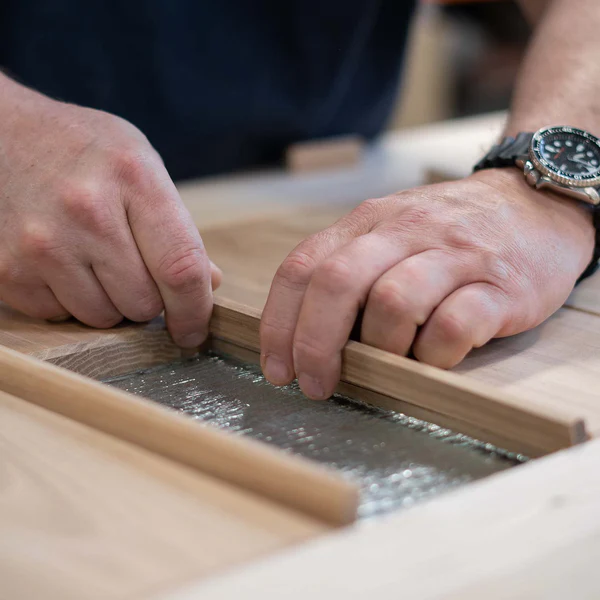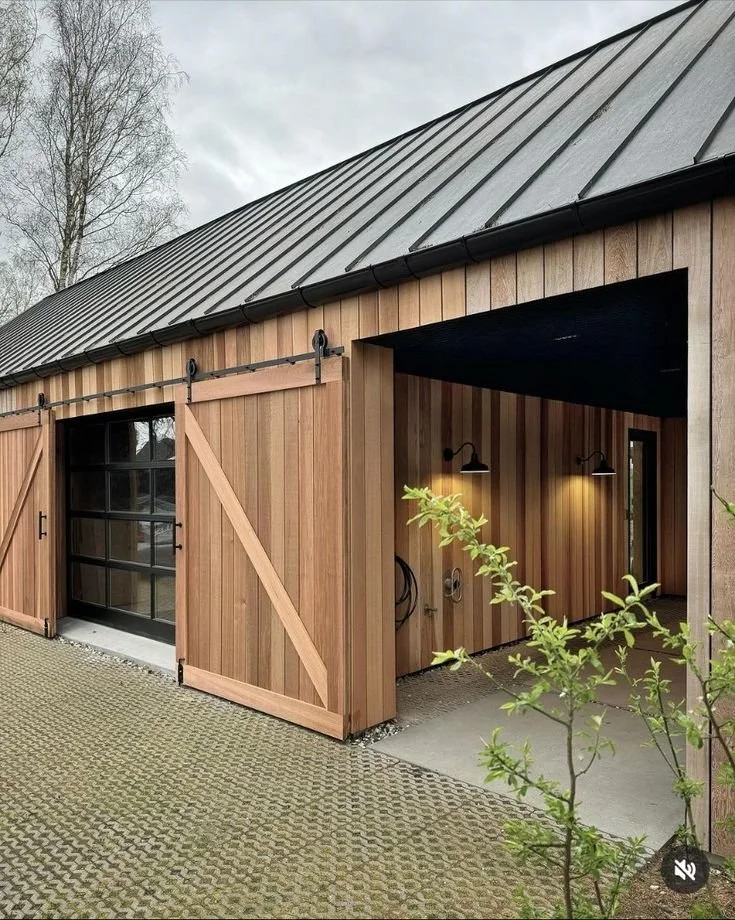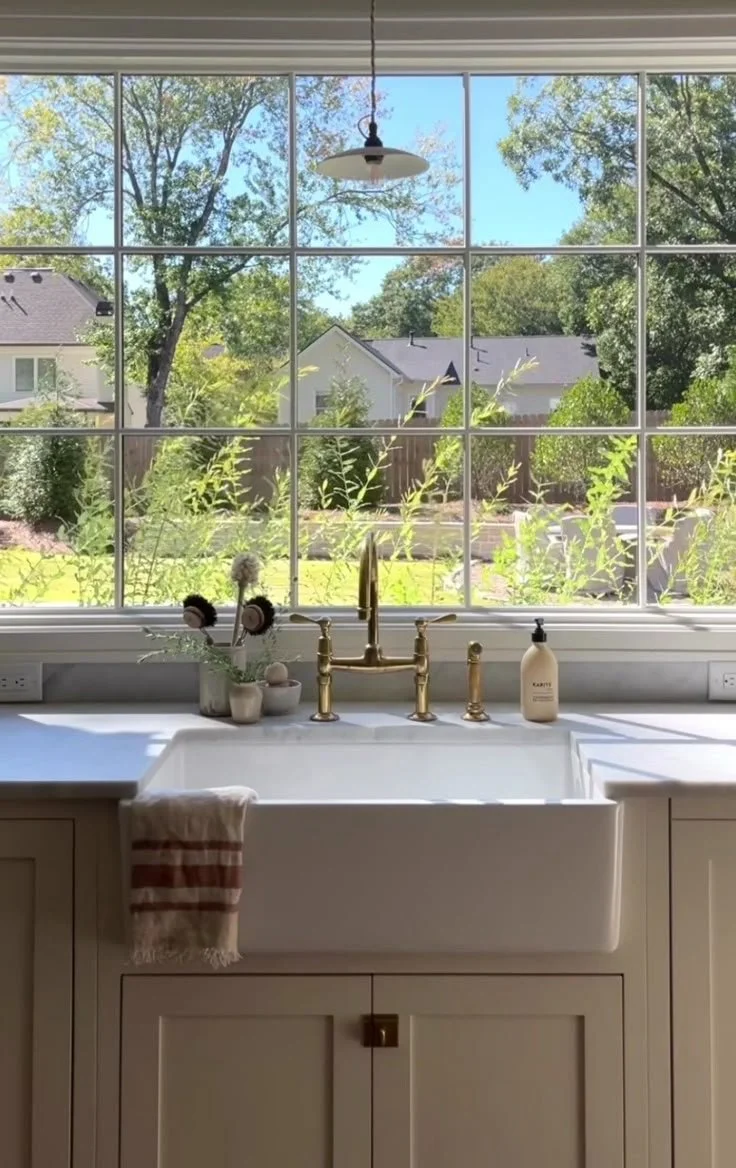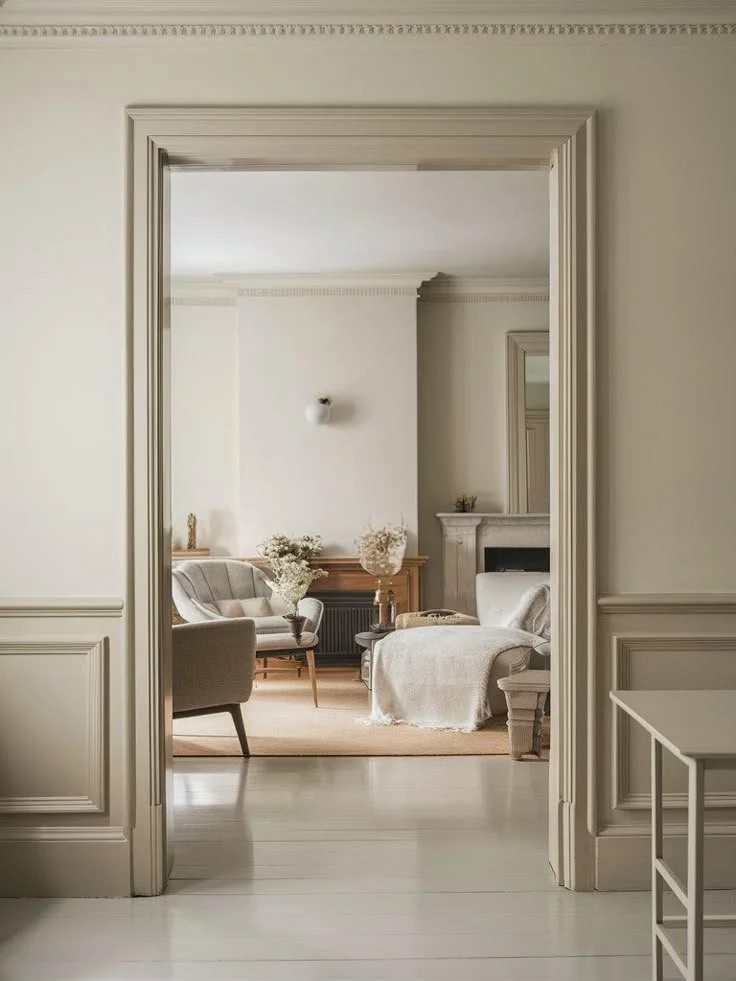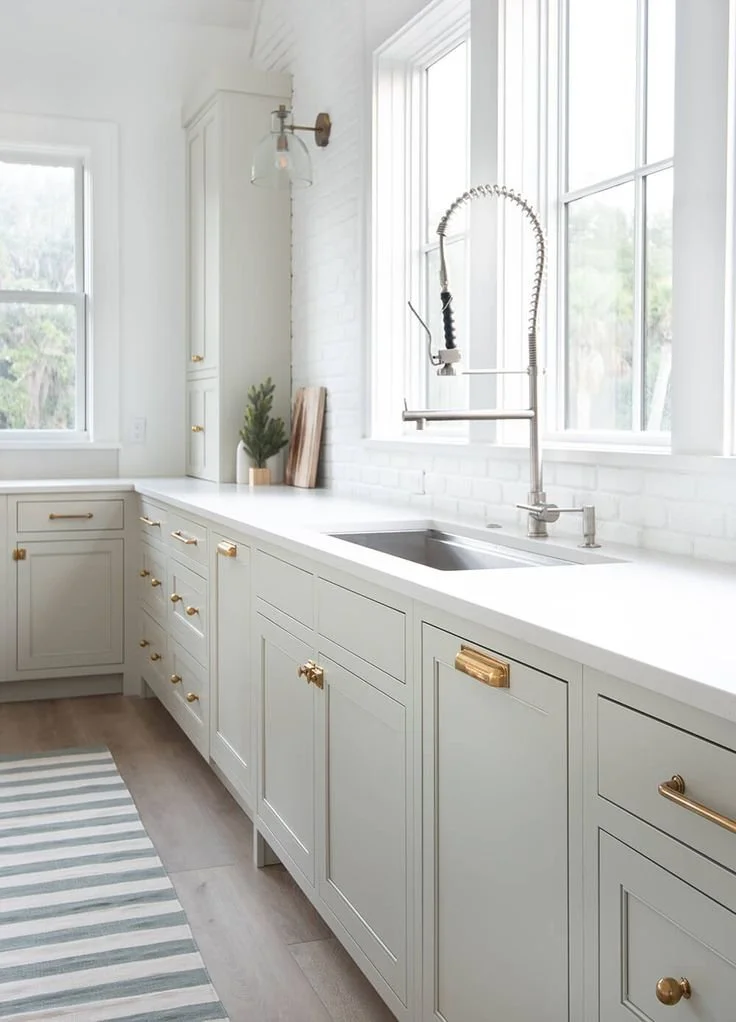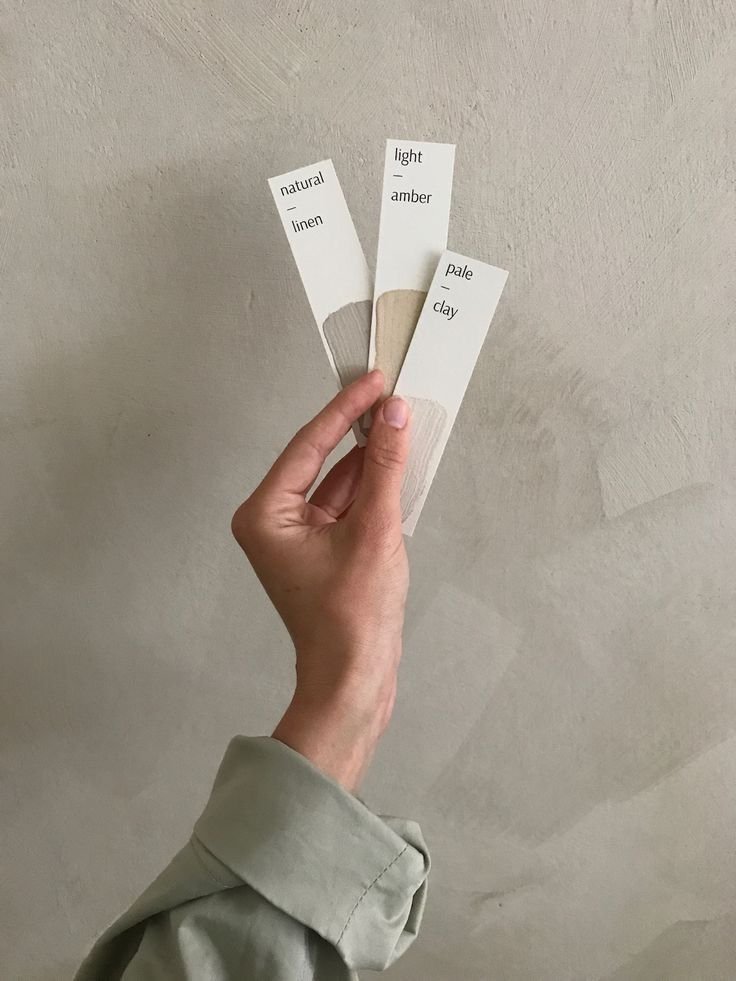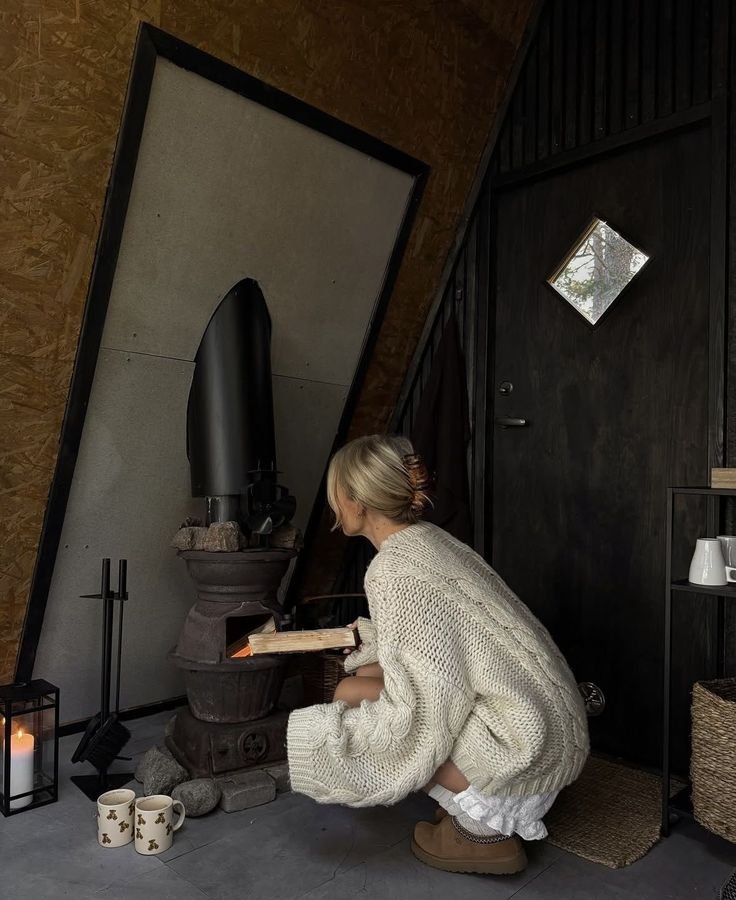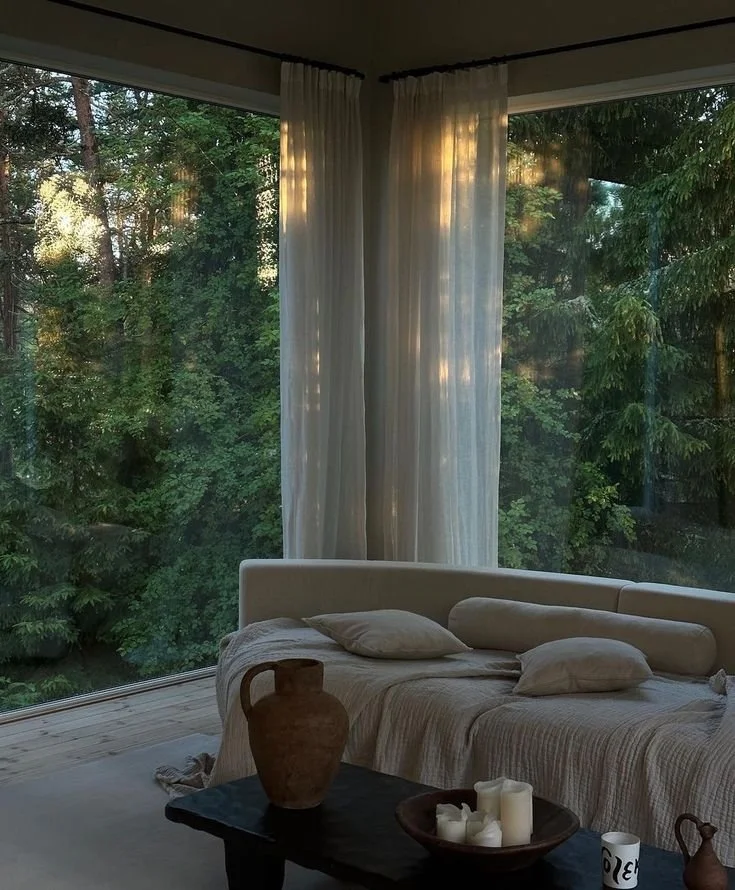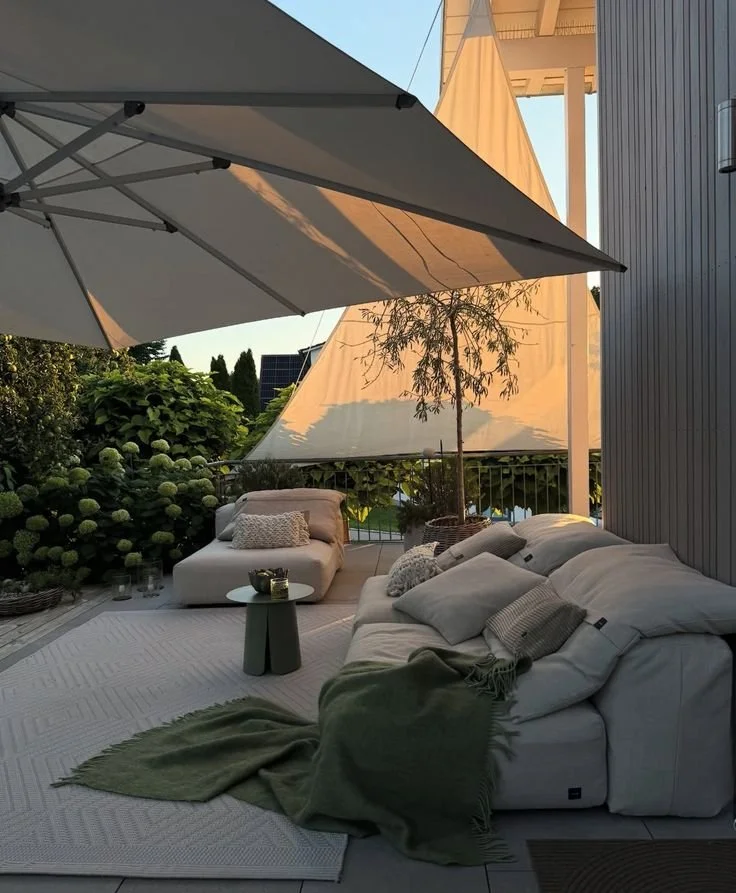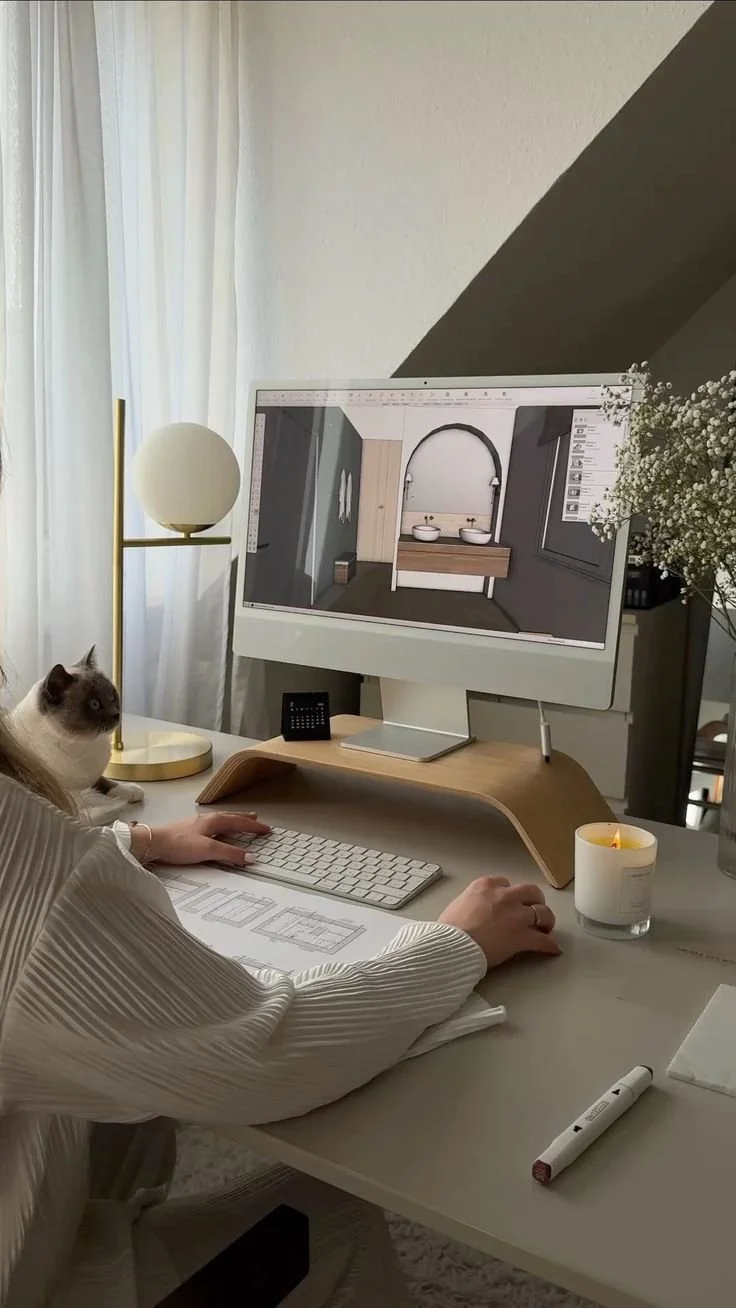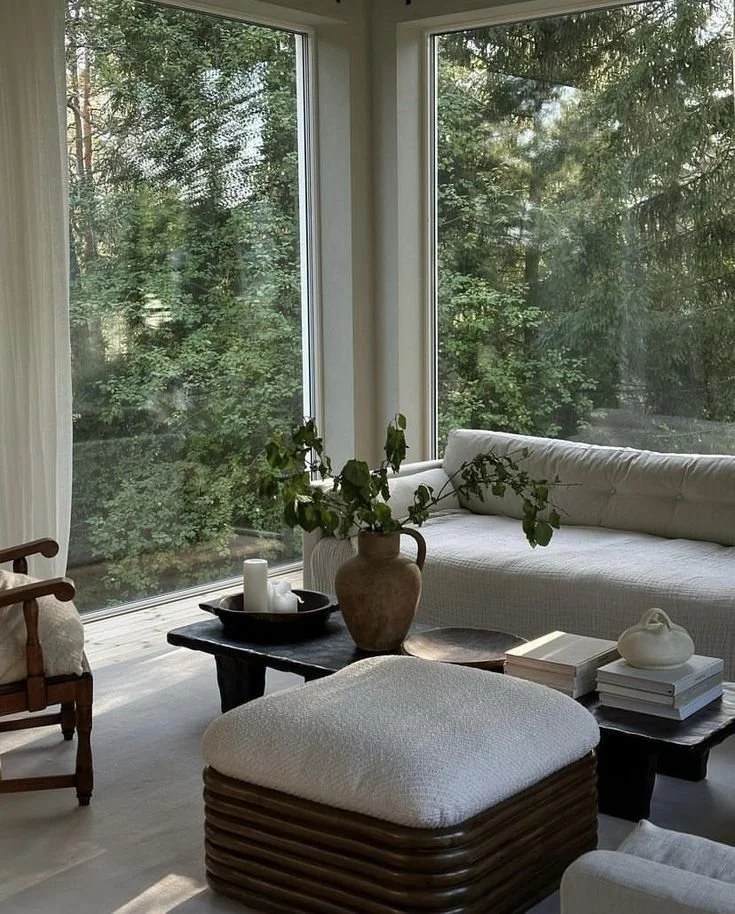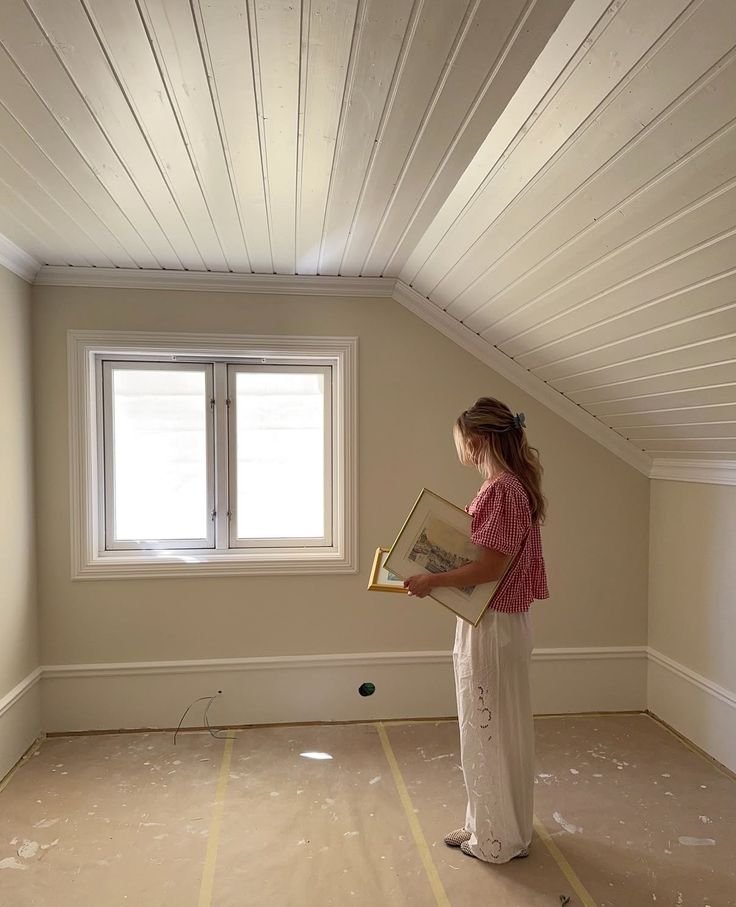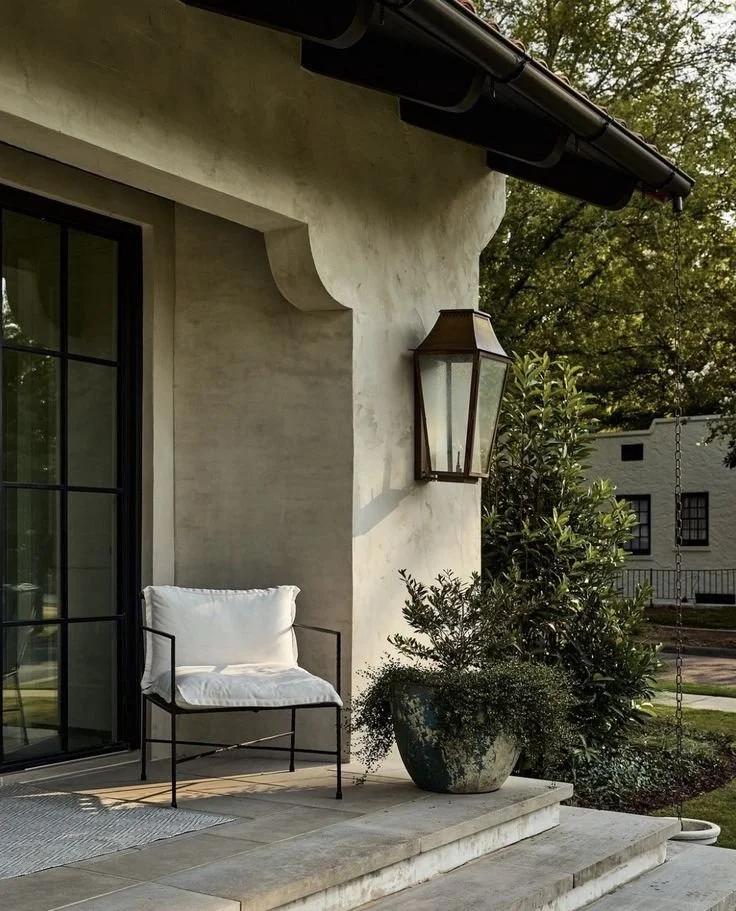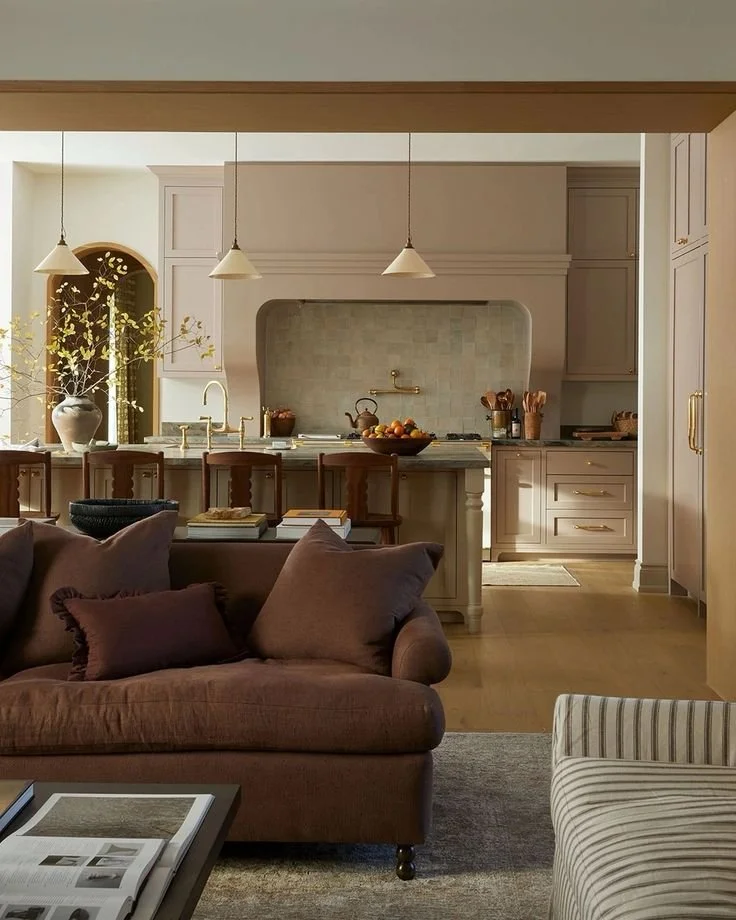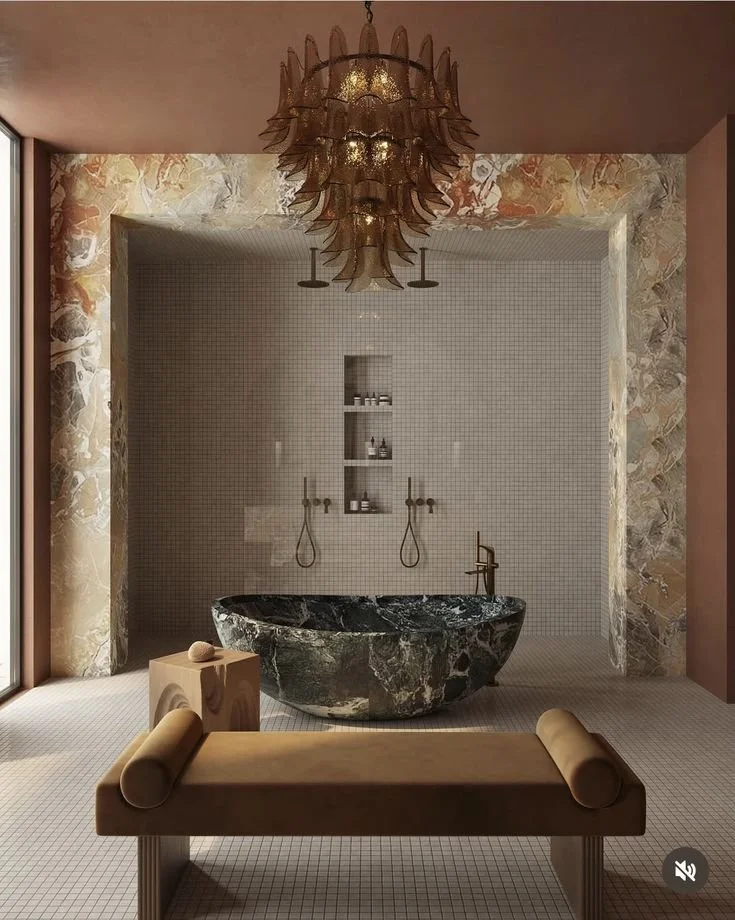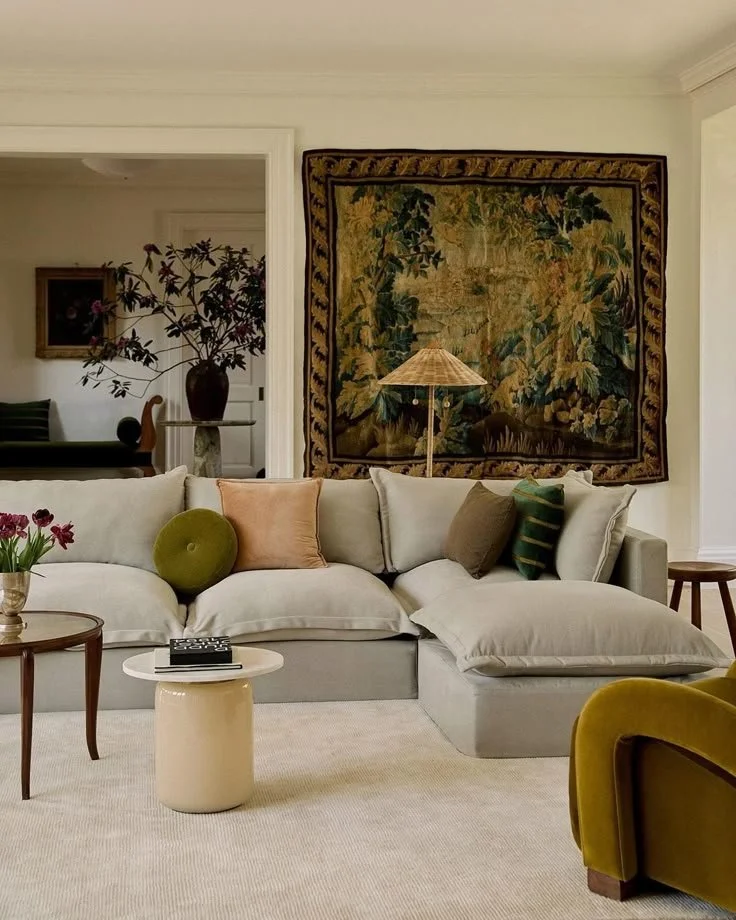How Door Design Choices Can Make Or Break Your Interior Upgrade
Ever walked into a beautifully renovated space, admired the new floors, the stunning kitchen, the perfect paint... only to have your eye snagged by an old, ill-fitting, or stylistically jarring door? It’s like wearing scuffed sneakers with a bespoke suit—an instant downgrade.
Doors are far more than mere passageways between rooms. They're silent storytellers that contribute significantly to your home's design narrative, influence light and space, and play a crucial role in daily functionality. Getting them right elevates your entire renovation; getting them wrong can subtly (or not so subtly) undermine all your hard work and investment.
In this guide, we’ll unlock the secrets to selecting doors that perfectly complement your interior upgrade, creating a cohesive, functional, and aesthetically pleasing home environment.
No. 1
Doors as Design Chameleons – Setting the Style and Tone
Doors are powerful visual elements that can either reinforce your desired aesthetic or clash with it dramatically. Since they occupy significant wall space and are used multiple times daily, their impact on your interior is profound.
Choosing Your Character: Matching Doors to Your Design Vision
Each home has its own personality, and your doors should align with that character:
Modern & Minimalist: Opt for sleek, flush doors with concealed hinges or minimalist hardware. Clean lines and unobtrusive elegance are key here. Consider doors that blend seamlessly into walls for the ultimate minimalist statement.
Traditional & Classic: Paneled doors like Shaker or Colonial styles work beautifully, especially with richer wood tones or classic white finishes. Complement these with more ornate hardware for a timeless appeal.
Farmhouse & Rustic: Barn doors, planked wood doors, or options with distressed finishes add authentic character. Robust, visible hardware enhances the rustic charm while serving as functional art.
Bohemian & Eclectic: Uniquely carved doors, vibrant colors, or even salvaged pieces with history create conversation starters that enhance your eclectic vibe.
No. 2
The Material World: How Door Composition Impacts Ambiance
The material of your doors affects not just their appearance but also their sound properties, durability, and overall feel:
Solid Wood: Timeless and substantial, solid wood doors provide excellent sound insulation and have a weight that signals quality. While more expensive and potentially susceptible to warping in extreme humidity, their classic appeal and longevity often justify the investment.
Solid Core (Engineered Wood): More stable than solid wood and offering good sound dampening, these doors feel weighty and premium but typically come at a more moderate price point.
Hollow Core: Lightweight and budget-friendly, these doors serve basic functions but lack the substantial feel and sound insulation of their heavier counterparts. Best reserved for areas where acoustics and thermal properties are less crucial.
Glass Doors: Whether framed or frameless, glass doors maximize light flow and create an open feel. Frosted or textured glass variations offer privacy while still allowing light transmission.
Metal Doors: Industrial-chic options like Crittall-style doors create strong visual lines and make statement partitions, especially in loft-like spaces or as room dividers.
No. 3
Color & Finish – The Unifying Strokes
Door color strategies can dramatically alter spatial perception:
Blending doors with walls creates a seamless look that makes spaces feel larger and more contemporary. This approach works particularly well in minimalist interiors or smaller rooms.
Contrasting doors function as accent features, adding visual interest and defining transitions between spaces. Dark doors against light walls create sophisticated drama, while colorful doors inject personality.
Stained wood finishes showcase natural grain and add warmth, though they require more careful coordination with other wood elements in your space.
Painted finishes offer unlimited color possibilities and can be more forgiving in terms of matching existing elements.
RealCraft
Open the door to endless possibilities with RealCraft.
Handcrafted, custom doors designed to bring your vision to life and elevate your space.
No. 4
Functionality First – How Doors Dictate Flow and Usability
Beyond aesthetics, doors must work for your lifestyle and the specific needs of each space. Poor functionality becomes a daily frustration that no amount of beauty can overcome.
The Mechanics of Movement: Choosing the Right Door Type
Different spaces call for different door operations:
Swinging Doors: The standard choice for most rooms, but consider swing direction carefully for traffic flow and furniture placement. A door that swings into a hallway might create awkward encounters, while one that opens against a wall might block light switches or art.
Sliding Doors: Perfect space-savers for tight areas like en-suites, pantries, or closets. Whether pocket doors that disappear into walls or surface-mounted sliders, they eliminate the clearance requirements of swinging doors.
Bifold Doors: Ideal for closets or laundry areas, allowing full access when open while requiring minimal swing space.
French Doors: Add elegance and an open feel between rooms or leading to exteriors. They allow you to open one side for everyday use or both sides for grand entrances or enhanced flow during gatherings.
No. 5
The Unseen Essentials: Hardware That Enhances Experience
Hardware isn't just functional—it’s the jewelry that completes your door’s outfit:
Handles and knobs should feel substantial and operate smoothly. Their finish and style should complement your overall design scheme.
Hinges, though often overlooked, contribute significantly to door operation. Quality hinges prevent sagging and ensure smooth, quiet movement year after year.
Closing mechanisms deserve special attention in spaces where controlled door operation matters. The principles seen in a commercial door closer, like consistent closing speed and silent latching, can inspire residential choices, especially for heavier doors or those in high-traffic areas. A commercial door closer’s functionality, with its ability to prevent slamming and ensure proper closure, can be particularly valuable for doors leading to utility rooms, garages, or outdoor spaces where temperature control and security are concerns.
No. 6
Beyond the Door Itself: Considering Light, Sound, and Privacy
Doors influence how light, sound, and privacy function throughout your home:
Light transfer can be facilitated through glazed panels that share brightness between spaces—perfect for dark hallways or rooms with limited natural light.
Sound insulation becomes crucial for bedrooms, home offices, or media rooms. Here, solid core doors make a noticeable difference in creating acoustic separation.
Privacy considerations might lead you to choose doors with frosted or reeded glass that maintain visual separation while allowing light flow.
No. 7
Avoiding the Pitfalls – Common Door Disasters and How to Sidestep Them
The Scale and Proportion Problem
Undersized doors in grand rooms look stingy and out of place, while oversized doors in modest spaces feel overwhelming.
Standard-height doors (typically 80 inches) can look squat in rooms with ceilings above 9 feet. Consider 84-inch or even 96-inch doors for spaces with higher ceilings to maintain proportional harmony.
Width matters too—narrow doorways restrict flow and accessibility, while excessively wide openings may compromise wall space needed for furniture placement.
The Hardware Mismatch Mishap
Inconsistent hardware styles throughout a home create a disjointed feel. While every door doesn’t need identical hardware, there should be a unifying element—whether finish, style, or both.
Insubstantial hardware quickly shows wear and can fail prematurely. This is where thinking about the durability expected from a commercial door closer can guide homeowners to invest in quality residential hardware that stands the test of time and frequent use.
Forgetting the Flow: Swing, Clearance, and Obstructions
Door swing paths should be carefully planned to avoid collisions with furnishings, fixtures, or other doors. This planning is especially important in bathrooms, where space is often at a premium.
Traffic patterns should inform door placement and operation. A commercial door closer’s controlled motion exemplifies how doors should enhance rather than impede movement through spaces.
Clearance requirements extend beyond the door itself to include handles and hardware that might contact adjacent walls or furnishings.
Sacrificing Quality for Short-Term Savings
Budget-conscious choices often lead to compromised quality, resulting in doors that stick, warp, or simply feel insubstantial. As with many renovation elements, doors typically offer returns commensurate with investment.
Long-term perspective helps justify spending more on elements you'll interact with daily. Just as commercial door closers are designed for years of reliable service under heavy use, your home’s doors should provide trouble-free operation throughout your time in the space.
Takeaways
Doors may not be the first element that comes to mind when planning an interior upgrade, but they profoundly impact both the aesthetic success and practical functionality of your home. They're not mere afterthoughts but key design decisions worthy of thoughtful consideration.
Your doors are touched, seen, and used multiple times every single day. Investing thought and a reasonable budget into them isn't just an expense—it’s an investment in the daily joy, comfort, and beauty of your upgraded home.
Don’t let poor door choices be the details that silently whisper “compromise” in your otherwise perfect space. When chosen wisely, doors become not just functional elements but essential contributors to your home’s story—silent storytellers that speak volumes about your attention to detail and commitment to creating a truly cohesive, beautiful living environment.
Looking for Home resources?
Looking to enhance your living space and create a sanctuary that supports your well-being? Explore our home partners who offer a wide range of resources to elevate your home environment.

